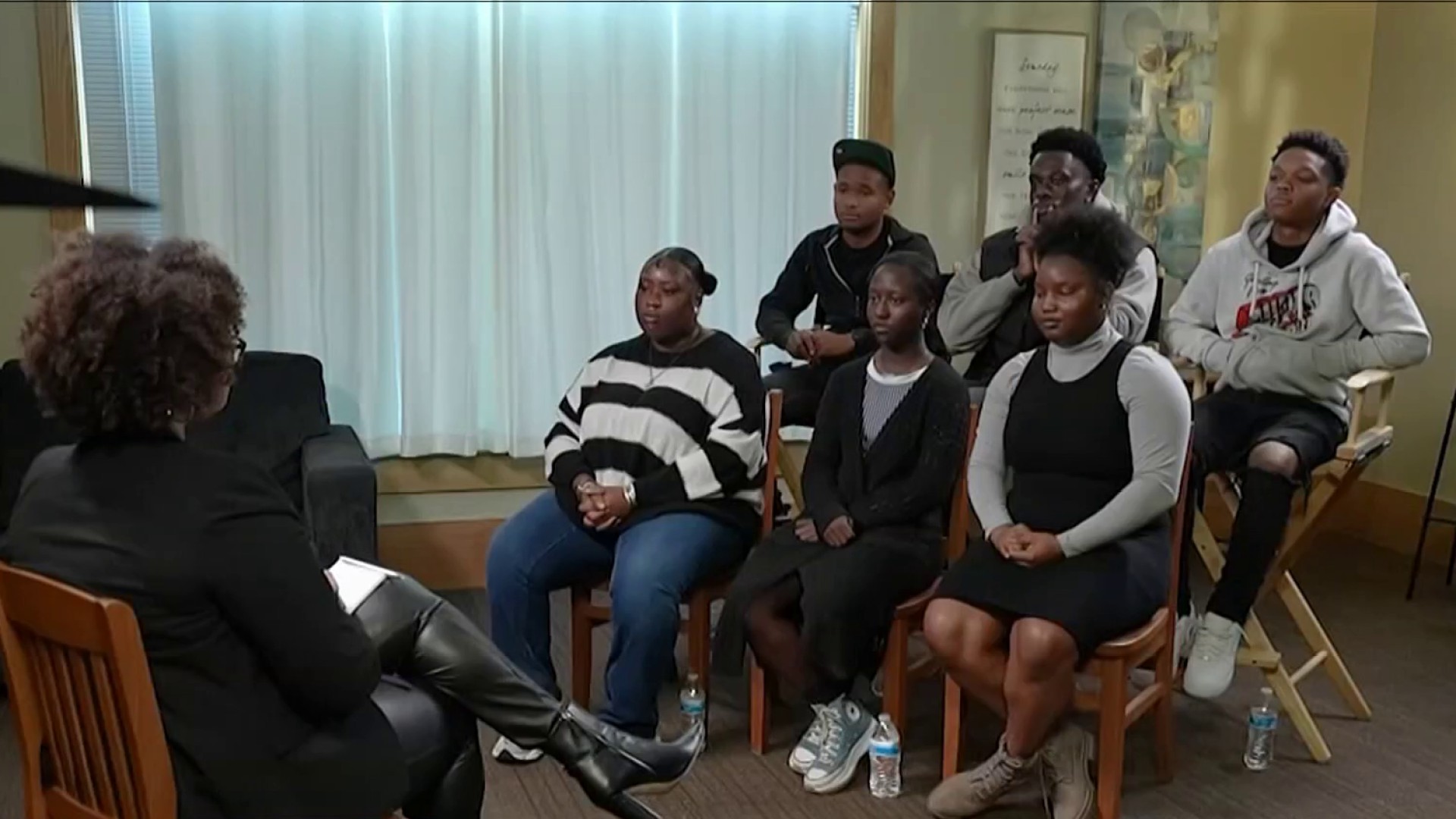After a 17-year-old girl was grazed by a bullet that flew through a window of D.C.'s Dunbar High School on Friday morning, an assistant police chief speaking just after the crime said her injuries were minor.
“She is totally fine and expected to make a full recovery," Asst. Chief Leslie Parsons said.
When a young person survives a shooting, they can face a long road to recovery, well after any physical wounds vanish.
Reporting by the News4 I-Team has shown that young people who survive shootings can face long-term effects; making a full recovery can take years, if not longer.
We're making it easier for you to find stories that matter with our new newsletter — The 4Front. Sign up here and get news that is important for you to your inbox.
“The trauma will carry on throughout your entire life, no matter how old you are. You never recover from this. Grief does not have an expiration date,” D.C. student Kanihya Glover told the I-Team last year, as part of the Gun Violence: A Call to Action series.
Research shows children and adolescents who survived firearm injuries experienced a 68% increase in psychiatric disorders within the first year following their injuries. Their parents experienced a 30% increase in mental health disorders and at least a 15% increase in substance use disorders.
Doctors told the I-Team that about 30% of children who survive shootings return with gunshot wounds in the future.
Here’s how the News4 I-Team’s Ted Oberg put it live on News4: “It is important for all of us to know, kids who are shot, just because their injuries are not severe, don’t make full recoveries easily … Consider the victims of this and how they will recover once this news story is nothing but a memory for most of us.”
Sign up for our Breaking newsletter to get the most urgent news stories in your inbox.



